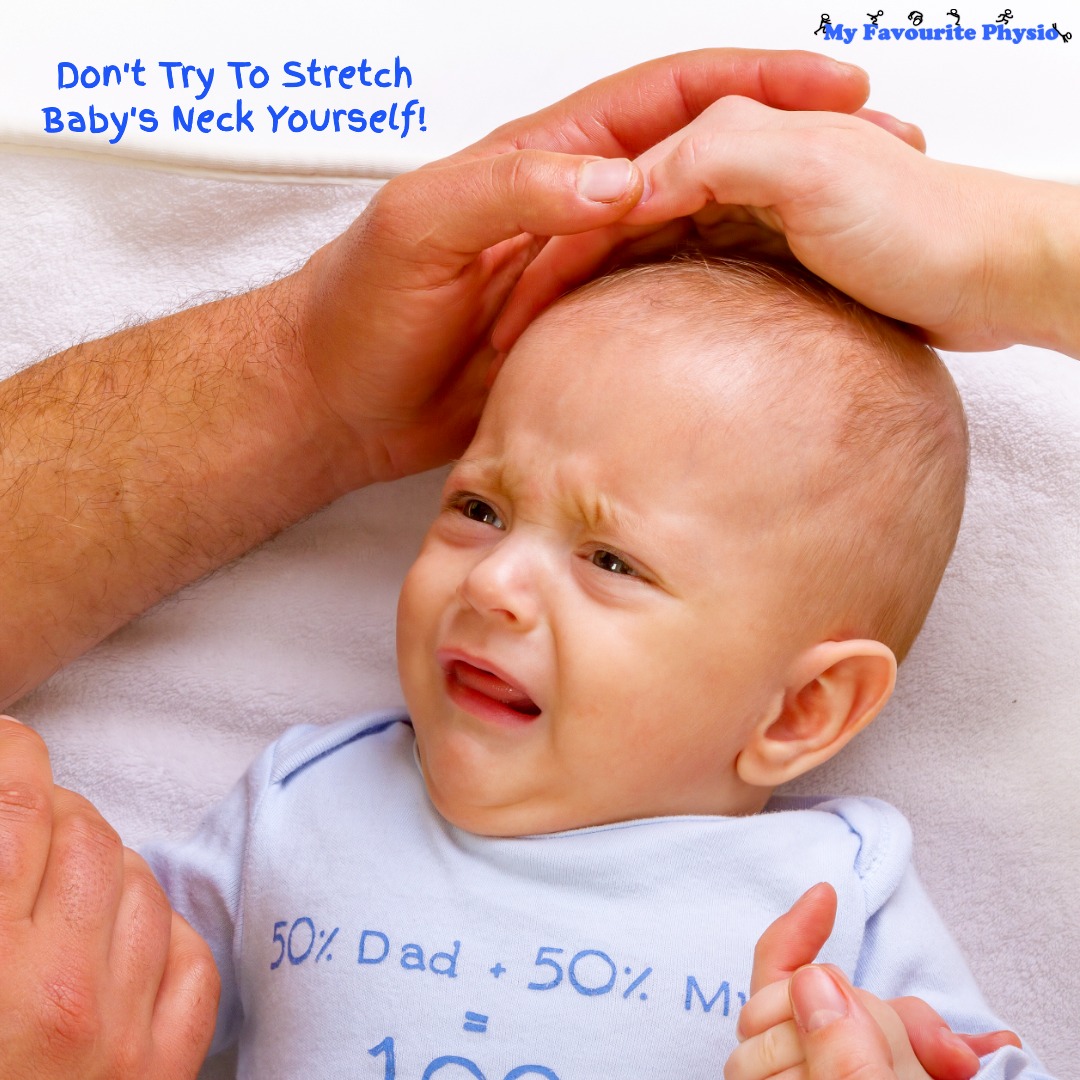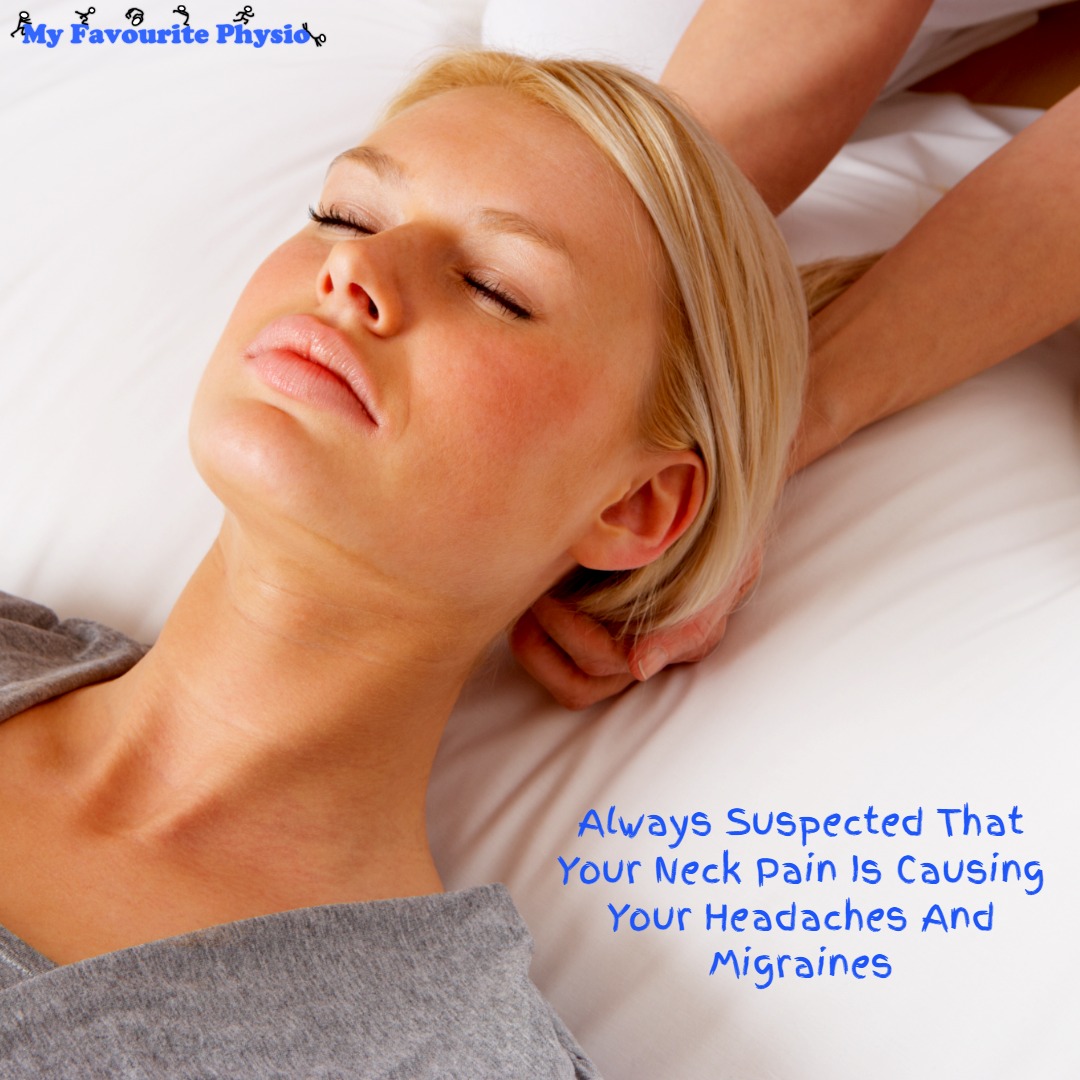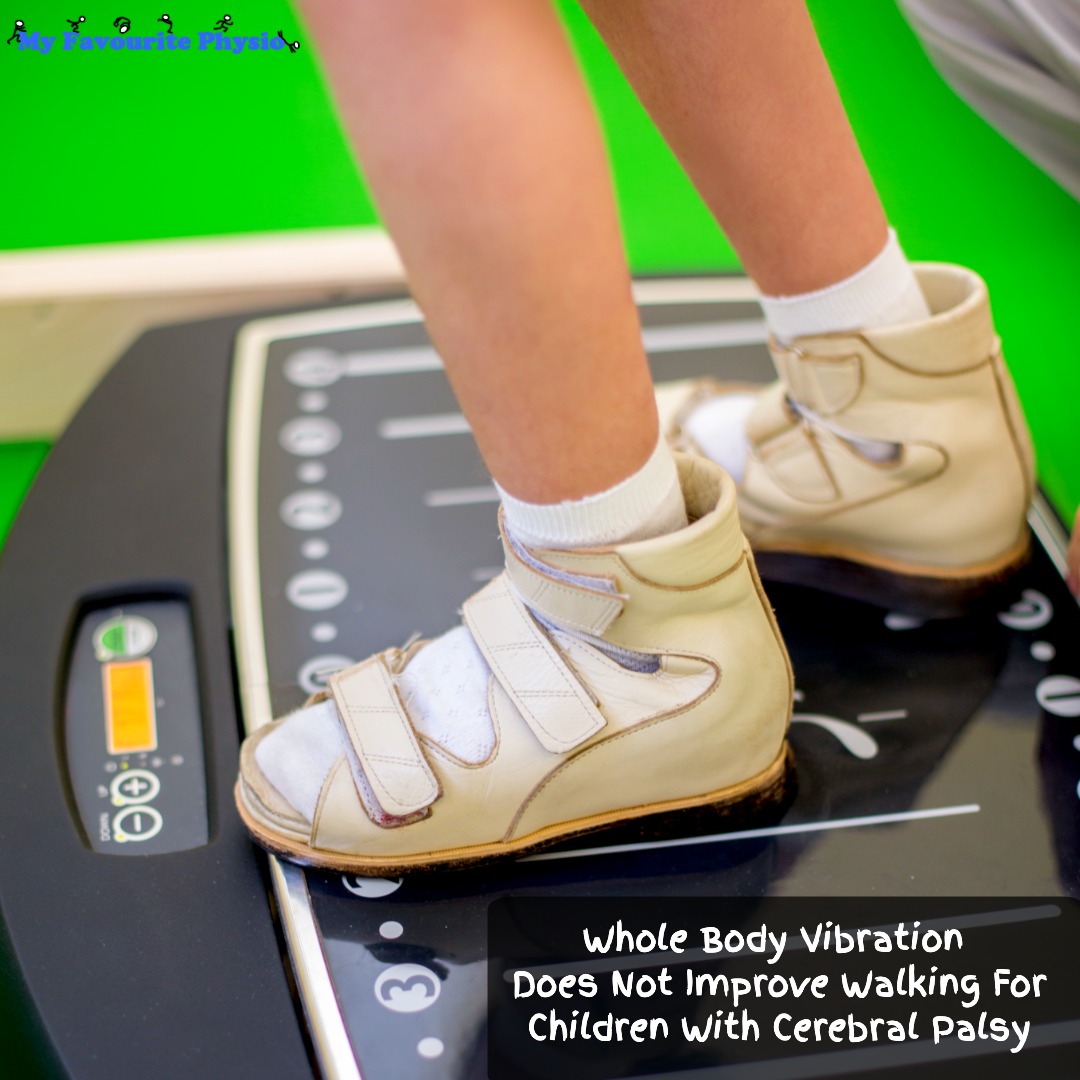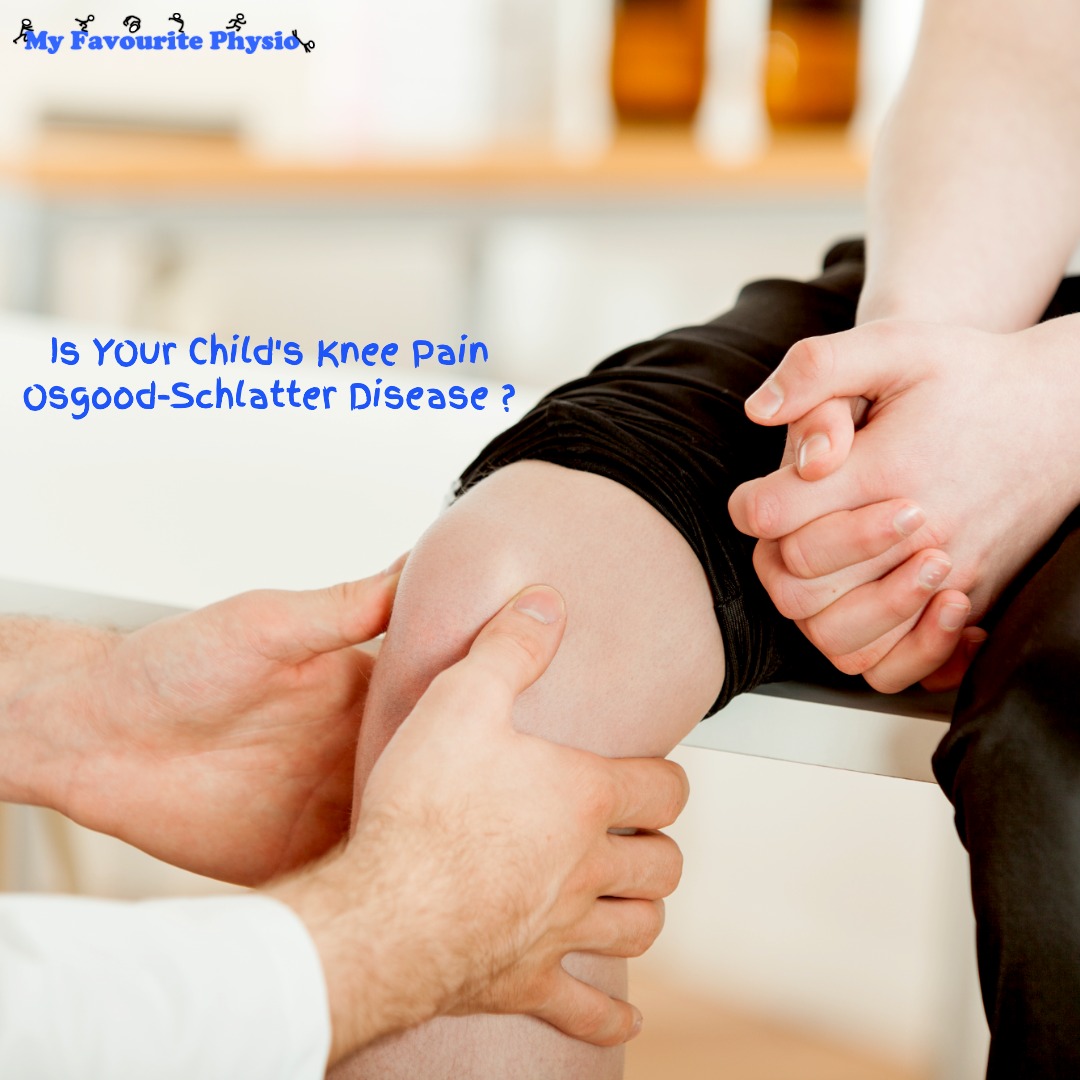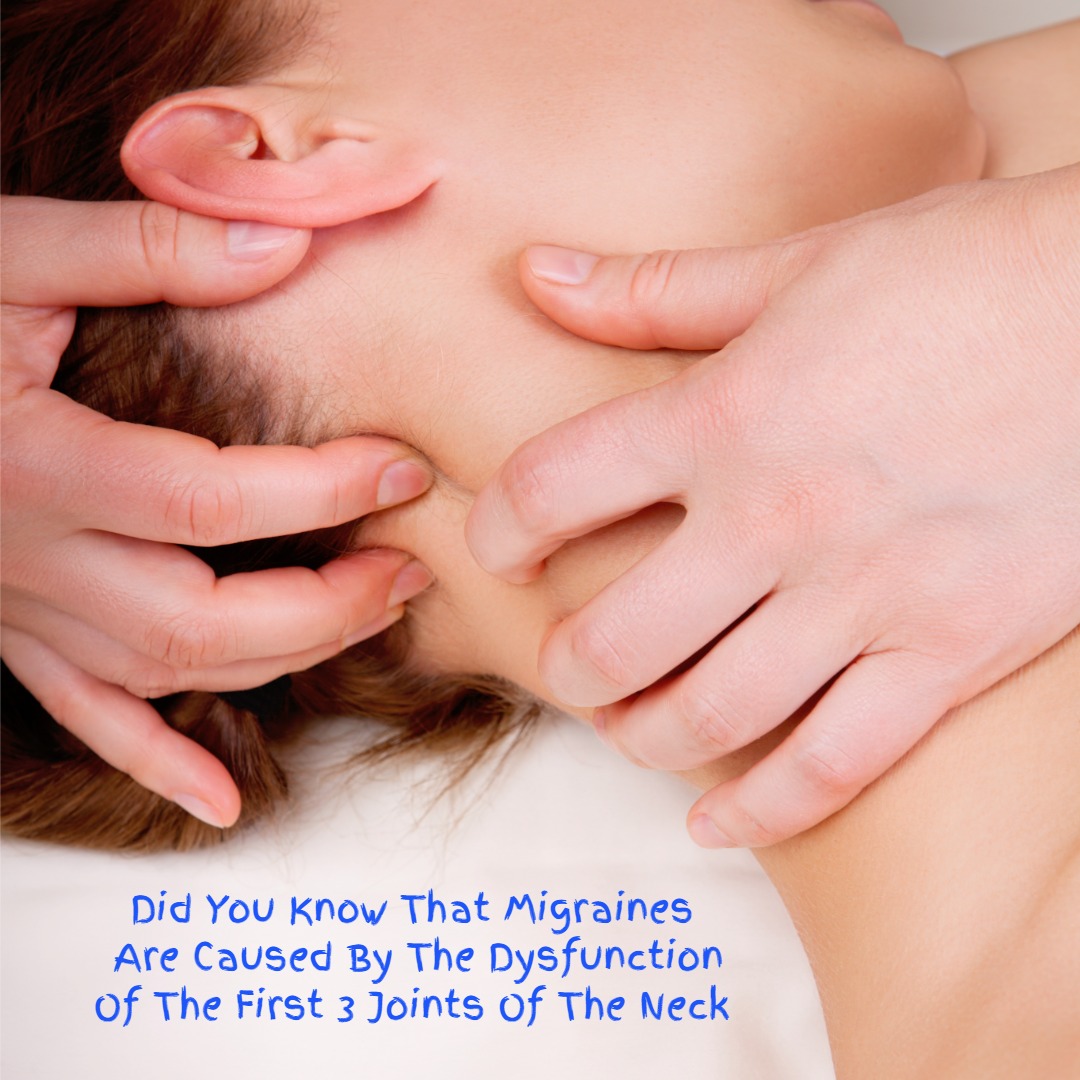20 Oct 😳 Have you noticed that your baby is always turning their head to one side 😓 Have you attempted neck stretches on your baby based on YouTube videos, only to find that baby is screaming and resisting the stretch
The most common reason why a baby tends to prefer looking to one side is a condition called Torticollis. This is a condition whereby baby was born with a tight neck muscle, the Sternocleidomastoid muscle, causing restrictions to baby's ability to turn equally both ways....

